
The Surprising Use of the Small Hole on Padlocks That Many People Don’t Know
The Surprising Use of the Small Hole on Padlocks That Many People Don’t Know—Especially Important During Rainy Season
Most padlocks have one or two tiny holes near the keyhole, yet many people have no idea what they’re for.
At a glance, they may seem like meaningless design elements, but they actually serve an essential function in protecting and extending the life of your padlock—especially those used outdoors.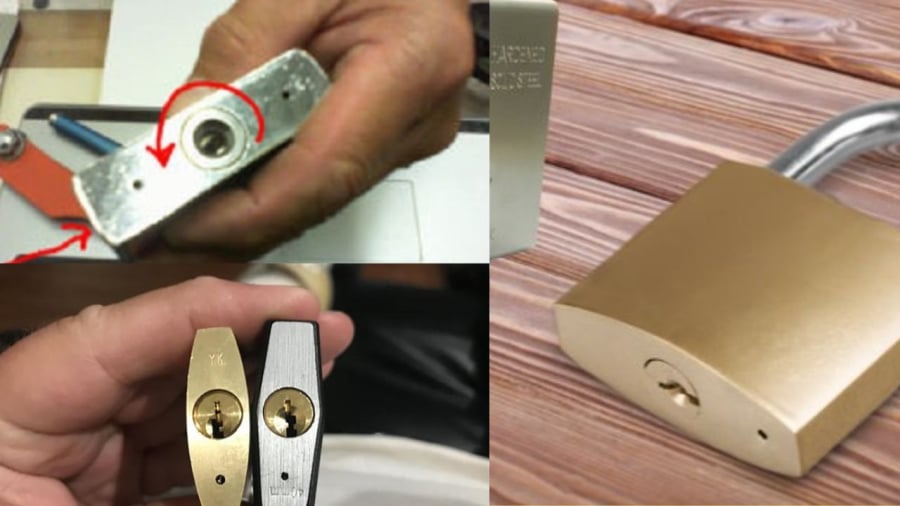
Padlocks: A Common but Often Misunderstood Item
Padlocks are widely used for securing property and ensuring privacy. From house doors, gates, cabinets to bicycles and motorbikes—they are made from durable materials like stainless steel, rust-resistant metals, or brass to withstand wear and environmental exposure.
However, outdoor padlocks—such as those used on gates, sheds, or bikes—are constantly exposed to harsh elements like rain, heat, and moisture. This exposure accelerates rust and oxidation, leading to jammed locks, corrosion, or difficulty unlocking, which can be frustrating for users.
What Is the Small Hole on Padlocks For?
Many assume the tiny hole on the lock body is just a manufacturing byproduct. But in fact, it’s a clever design feature with two main purposes:
1. Drainage Hole – Protects Against Rust and Extends Lifespan
The primary function of this small hole is to drain water. When a padlock is exposed to rain, morning dew, or humid air, moisture can seep inside through small gaps. If the water is trapped, it can corrode internal components like springs and pins, causing the lock to jam or making it difficult—if not impossible—to turn the key even if it’s the right one.
This is where the tiny hole becomes crucial. It allows water to drain out easily, keeping the internal mechanisms dry and preventing rust. Some high-quality outdoor padlocks even come with two drainage holes to improve moisture control during heavy rains or storms.
2. Lubrication Access Point – For Easy Maintenance
Besides drainage, this small hole also serves as an access point for oil or lubricant application. Over time, internal parts of the lock can dry out, accumulate dirt, or wear down, making the key hard to turn or causing squeaky noises.
Instead of applying oil through the keyhole—which can get messy or dirty the key—you can use a small nozzle to inject lubricant directly into this hole. This method delivers oil straight into the lock’s internal mechanism, ensuring smoother, quieter operation without getting your hands or tools greasy.
Tips for Choosing Outdoor Padlocks
If you're planning to buy a padlock for outdoor use—such as for gates, sheds, or any place exposed to the elements—look for models that include a built-in drainage hole. This small detail can help prevent rust, jamming, and the need to break the lock after just a short period of use.
Also, prioritize locks made from rust-resistant materials like 304 stainless steel or solid brass, and maintain the habit of applying oil through the small hole periodically to enhance durability and locking performance.
A Small Hole With a Big Role
That tiny hole on your padlock may seem useless, but in reality, it plays a vital role in protecting the inner mechanism and extending the lock's lifespan. It not only prevents moisture buildup, rust, and mold but also simplifies maintenance by offering a convenient access point for lubrication.
So next time you buy or use a padlock—especially for outdoor use—don’t overlook this small detail. Now that you understand its purpose, you’ll be able to use and care for your lock more effectively, and avoid frustrating situations like having to break a lock even when you still have the key!
News in the same category


New study claims having these specific dreams every week 'triples' your r.i.sk of an early d.e.a.t.h

Doctor Reveals: People with These 6 Morning Habits Tend to Look Younger and Live Longer
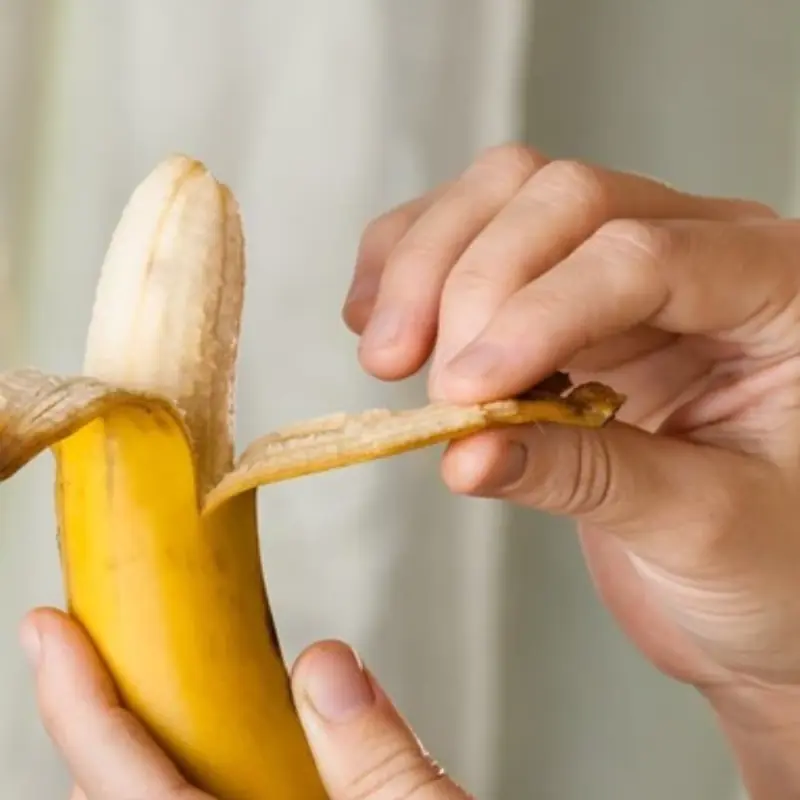
How Will Your Blood Pressure Change If You Eat Bananas Every Day?

Jackfruits with White-Painted Tops
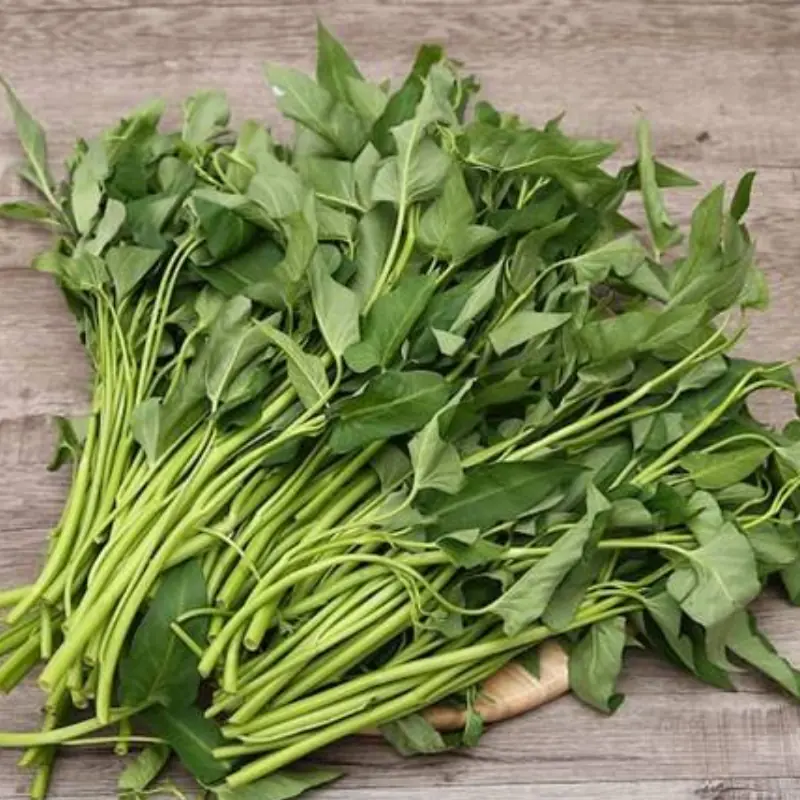
Experts Warn That Some Vegetables Are a Source of Toxins and Should Not Be Eaten Raw

The Most Nutritious Part of the Chicken—“Pricier than Gold” Yet Often Thrown Away by Home Cooks
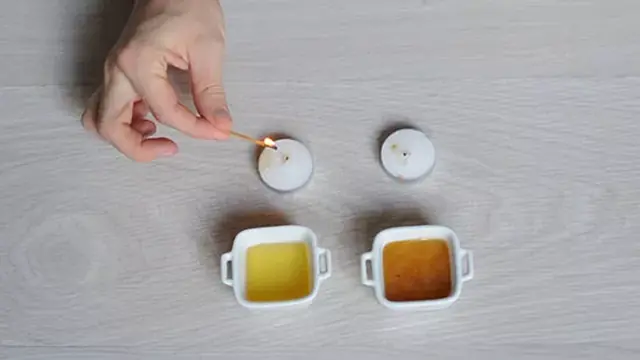
6 Smart Tips for Choosing Quality Honey Sellers Don’t Want You to Know
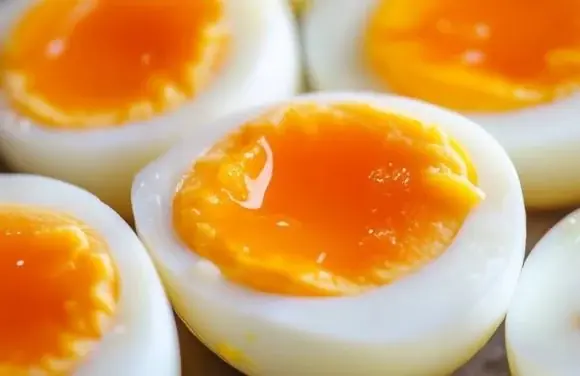
Doctors Warn: This Common Way of Eating Boiled Eggs Can Clog Your Arteries
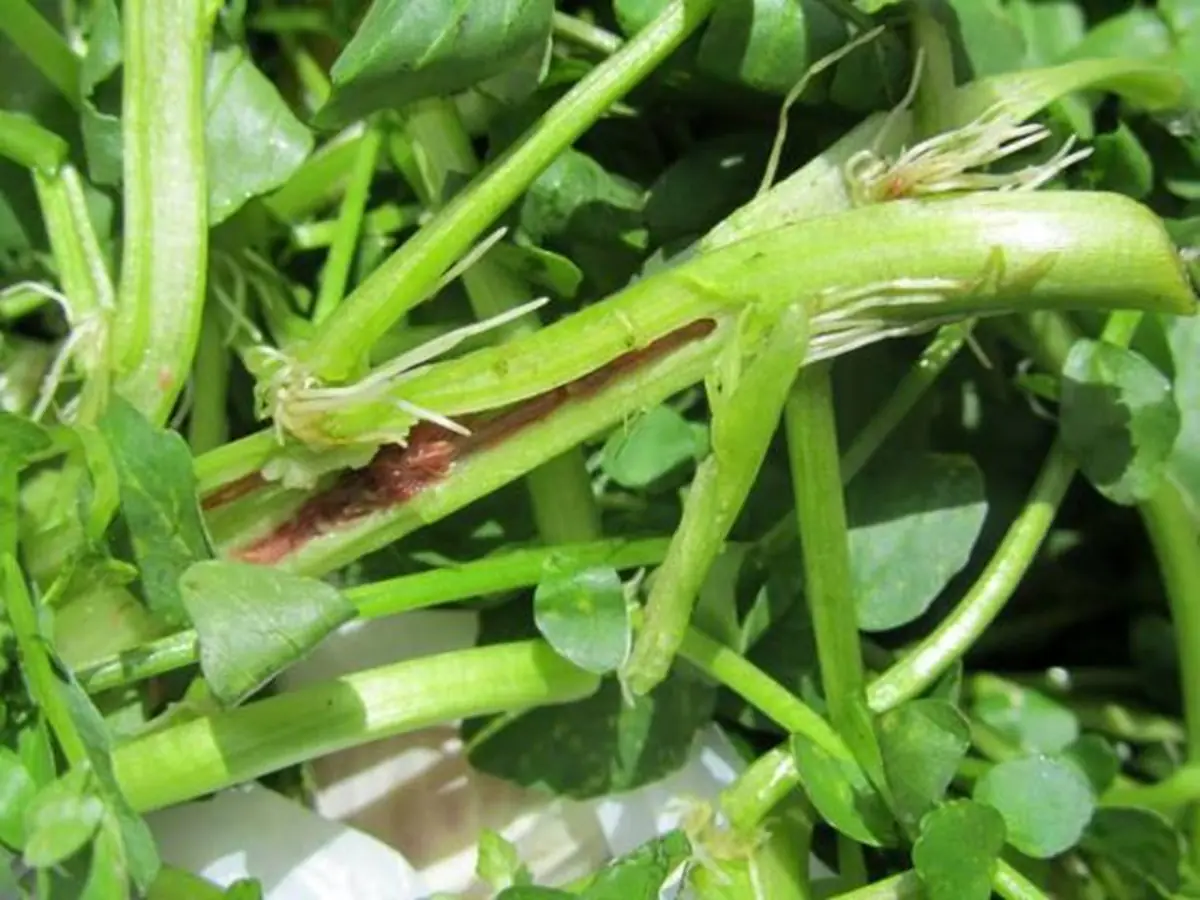
2 Common Vegetables That Can Harbor Parasites

The 'Vitamin C King' of the Vegetable World

Avoid Swimming If You Spot 'Square Waves'
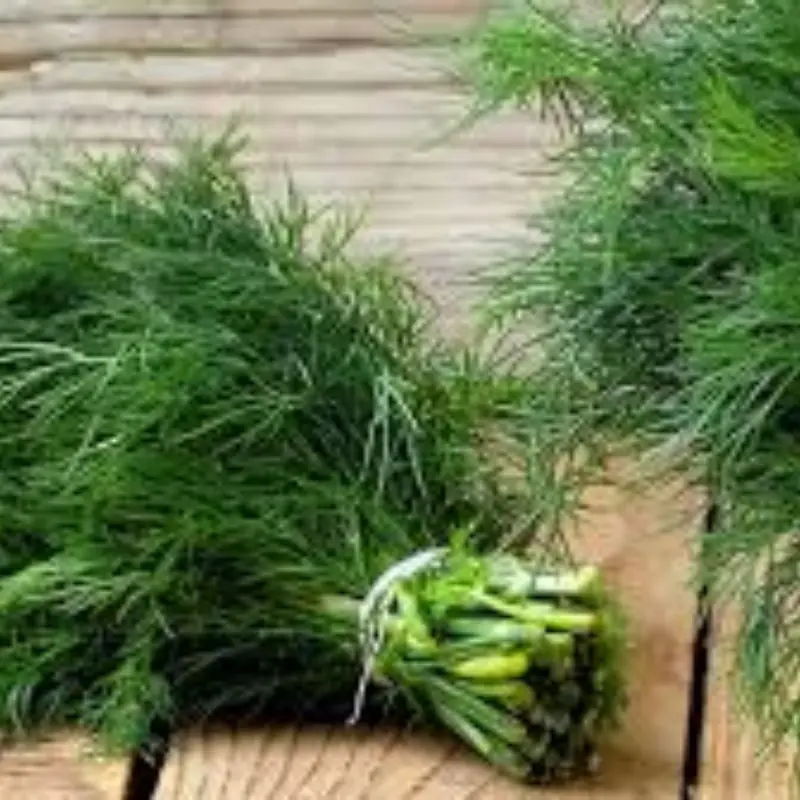
3 Green Vegetables Called the “King” of Sto.mach Protection
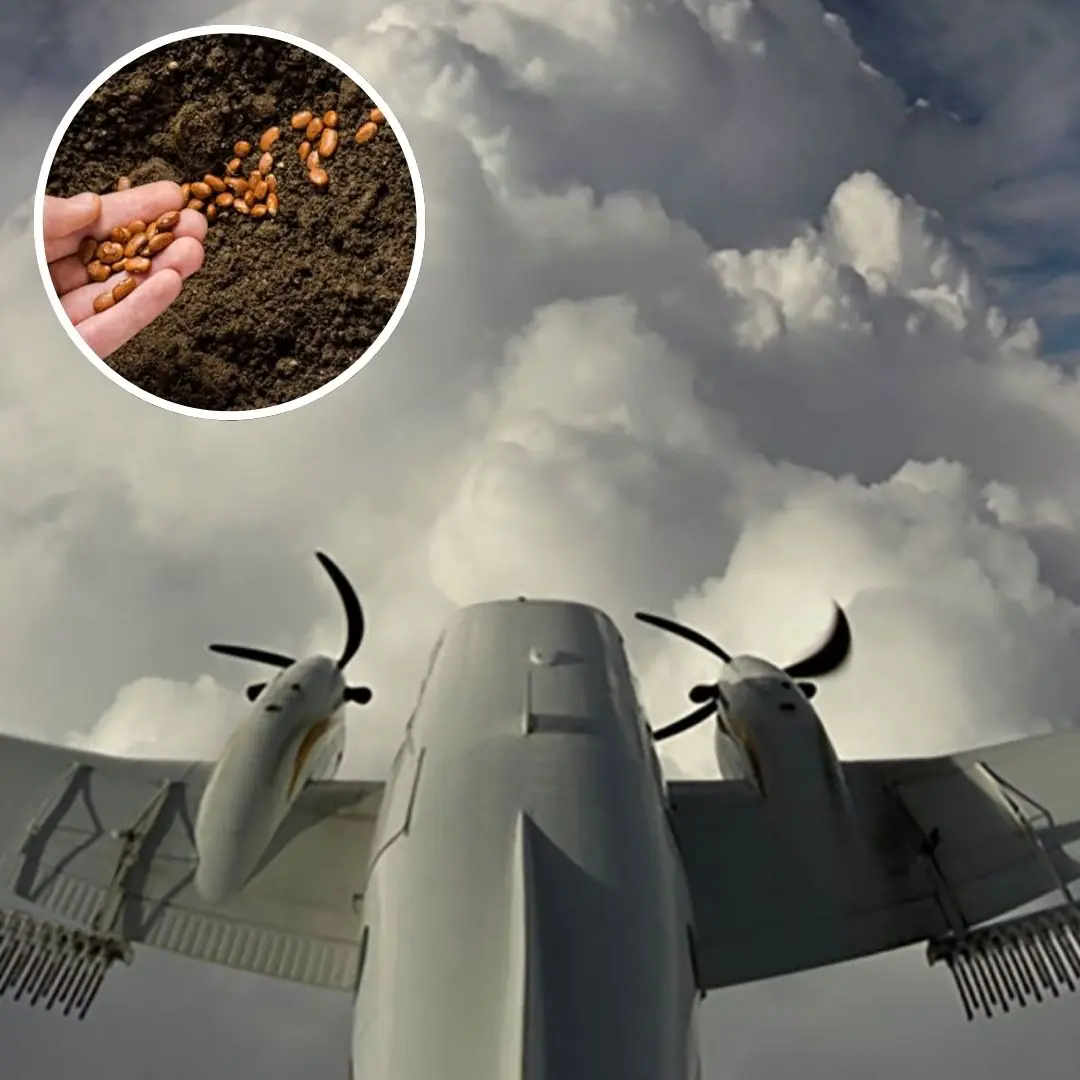
Why You Should Not Bring Seeds on a Plane: A Detailed Explanation

10 Powerful Reasons a Simple Smile Can Change Your Life
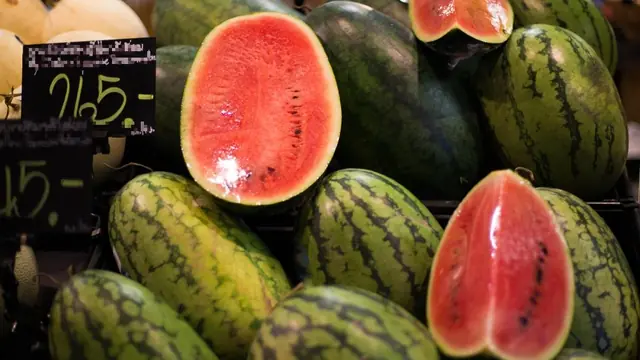
3 Common Mistakes in Storing Watermelon During Summer

When Buying Oysters, Avoid These 3 Types

Woman Suddenly Suffers Kid.ney Failure After a Meal

Why Dogs and Cats Often Hate Each Other—Most People Don’t Know This
News Post
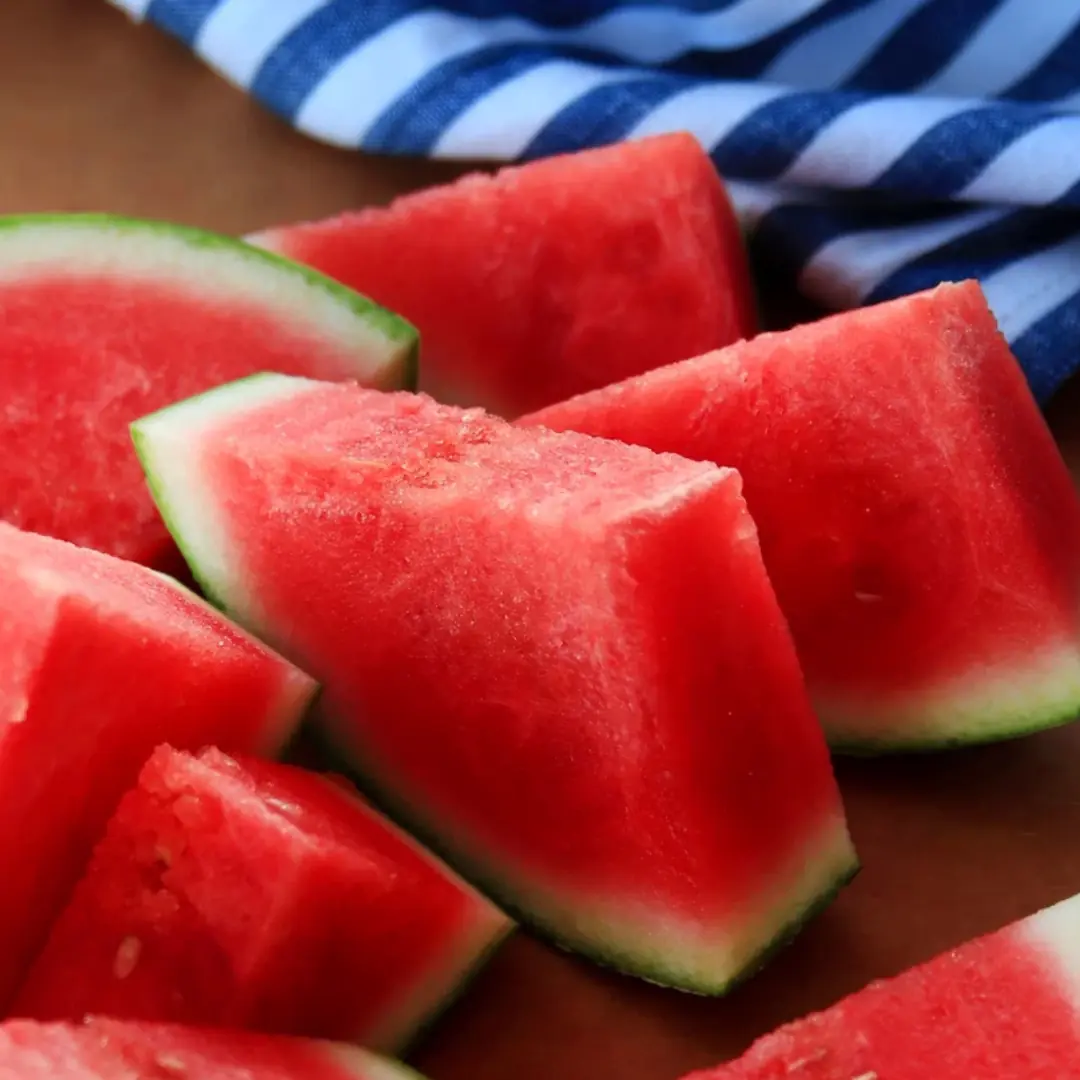
Diabetes Alert: 6 Fruits That Could Sabotage Your Bl.o.od Sugar Levels
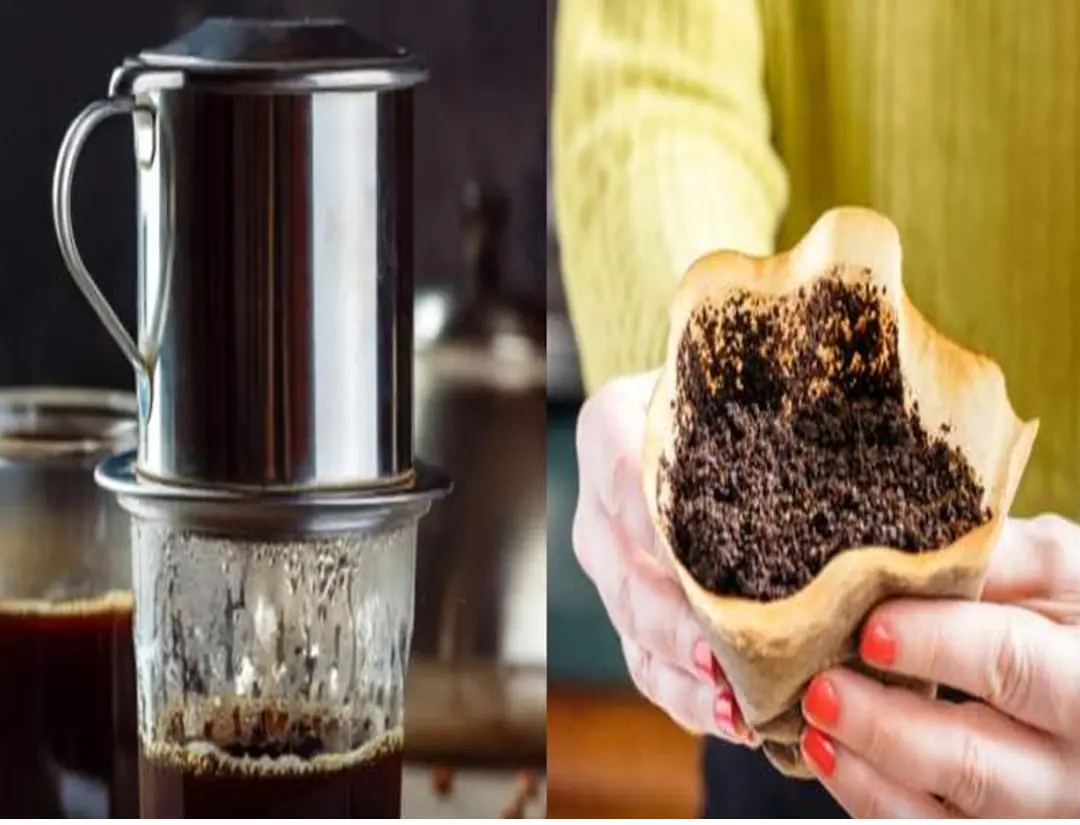
Throwing away coffee grounds is like throwing away money. Uses of coffee grounds that every home needs

These 3 vegetables have a high risk of causing ca.n.cer. Know early to avoid them and tell your loved ones!

If you suddenly wake up between 3:07 and 3:15 a.m., you must be very careful.

Te.r.r.ifyi.ng study finds 30% of Americans could be infected with parasite that has ho.r.r.i.fic impact on brains

New study claims having these specific dreams every week 'triples' your r.i.sk of an early d.e.a.t.h

Doctor Reveals: People with These 6 Morning Habits Tend to Look Younger and Live Longer

14-Year-Old Patient Suffers Facial Paralysis Due to Common Habit During Hot Weather

How Will Your Blood Pressure Change If You Eat Bananas Every Day?

Jackfruits with White-Painted Tops

Quit Nail Biting: A Gentle But Effective Solution

Experts Warn That Some Vegetables Are a Source of Toxins and Should Not Be Eaten Raw

4 Vegetables You Should Never Eat Raw — They Could Do More Harm Than Good!

6 familiar dishes that are extremely dan.ger.ous if left overnight

The Most Nutritious Part of the Chicken—“Pricier than Gold” Yet Often Thrown Away by Home Cooks
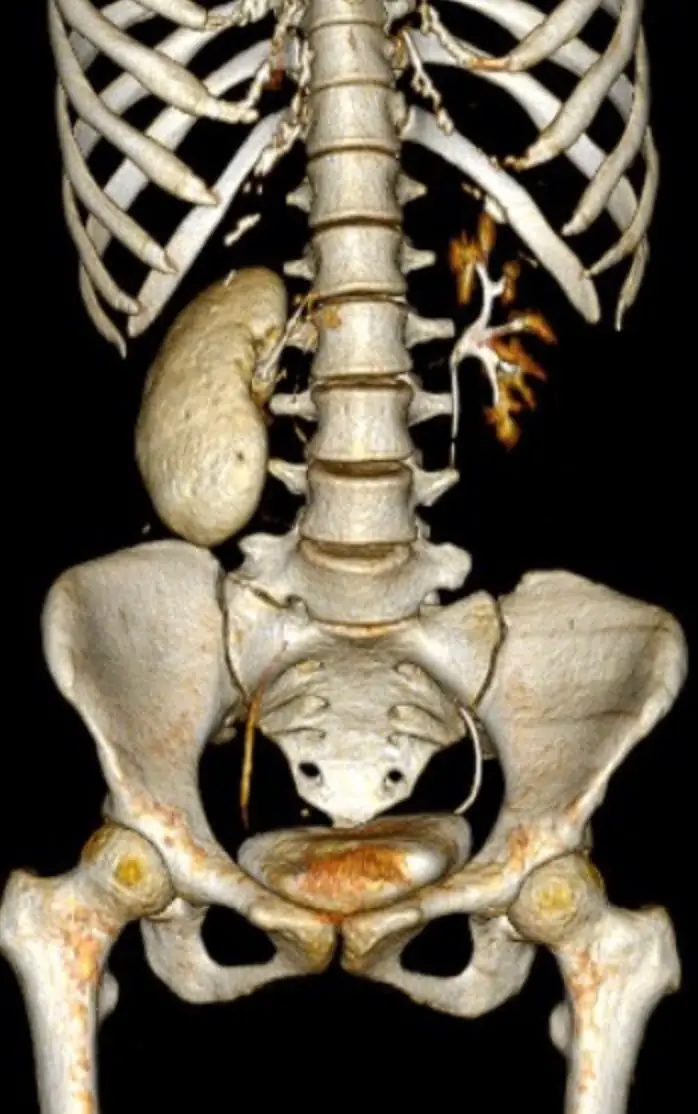
Doctor Urges 4 Actions to Protect Your Body’s "Blo.od Filter"

6 Smart Tips for Choosing Quality Honey Sellers Don’t Want You to Know

Can overly hot baths harm your heart and circulation?
